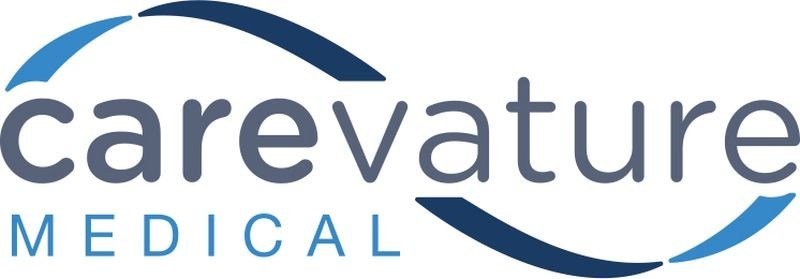 Carevature has announced positive preliminary clinical results for its Dreal spinal decompression and bone removal system. The data were given in an oral presentation by John Peloza (Dallas, USA) at the annual forum of the Society for Minimally Invasive Spine Surgery (SMISS: 14–16 September, Las Vegas, USA).
Carevature has announced positive preliminary clinical results for its Dreal spinal decompression and bone removal system. The data were given in an oral presentation by John Peloza (Dallas, USA) at the annual forum of the Society for Minimally Invasive Spine Surgery (SMISS: 14–16 September, Las Vegas, USA).
Peloza is an orthopaedic surgeon specialising in advanced minimally invasive spine technologies. His presentation focused on cases performed by spinal surgeons including himself, Richard Guyer (Plano, USA), Nahshon Rand (Tel Aviv, Israel) Michael Millgram (Tel Aviv, Israel), William Beutler (Harrisburg, USA) and Ely Ashkenazi (Tel Aviv, Israel).
Results have shown the Dreal to promote improved access to the foramen. The data also demonstrated potential increases in foraminal volume, without compromising spinal stability.
Peloza has employed the Dreal in over 60 commercial lumbar and cervical procedures at Baylor Scott and White Medical Center, Frisco, USA. “Our clinical work so far shows the Dreal system enables shorter and safer decompressions, preserving maximum healthy tissue and facilitating patient recovery,” says Peloza. “Dreal has become a valuable work tool for me, in both lumbar and cervical cases using a minimally-invasive approach.”
Larry Khoo from the Spine Clinic of Los Angeles (Los Angeles, USA) and executive vice president of marketing for SMISS, adds: “In procedures where avoiding fusion or preserving segmental motion are a desired goal, the Dreal represents the next step in minimally-invasive decompression technology. I have been using it to perform lumbar decompressions through a standard 18mm tube, allowing me to achieve more thorough decompression of the lateral recesses and foramina, while still preserving the functional facet complex—resulting in decreased risk of delayed instability.”
Yosi Weitzman, founder and chief executive officer of Carevature adds that the company is “committed to expanding our technology into additional indications” to help “overcome the present-day challenges of minimally-invasive orthopaedic and neurological surgery.”













